Dividing perennials is good for them! And you get new plants for your yard and garden, or to give to family, friends and neighbors.
13 Perennials You Didn’t Know You Could Divide
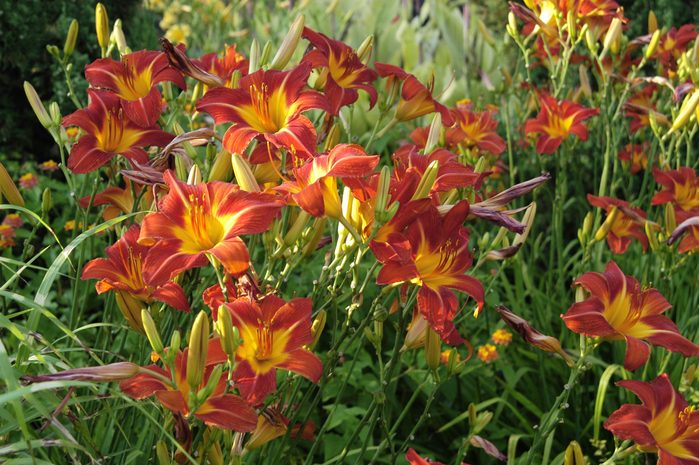
Why You Should Divide Perennials
The best reason to divide perennials is to get more plants. Another benefit is more flower power. Plants produce fewer flowers when they are overgrown or planted too close together.
Here are some reasons why gardeners divide perennials:
- They want to add a favorite perennial to other gardens.
- There’s a vacant spot in the garden that needs to be filled.
- Perennials have spread out too close to a sidewalk, the side of the garage or another structure.
- Sun-loving perennials near a recently-planted tree are in too much shade.
- Removing a tree exposes shade plants to too much sun.
Some perennials do the dividing for you by self-sowing seedlings. These seedlings only have to be dug and transplanted. Examples include hellebores and poppies.
Even better, some plants are so shallow-rooted you merely have to lift them from the soil, cut away portions and transplant them. Cheddar pinks are like this — more info on them below.
In general, spring- and early-summer-blooming perennials are divided in fall and summer, while fall-blooming perennials are divided in spring or early summer.
Our instructions on how to divide and choose perennials will help if you’re a new gardener or if you haven’t done any dividing for a while.
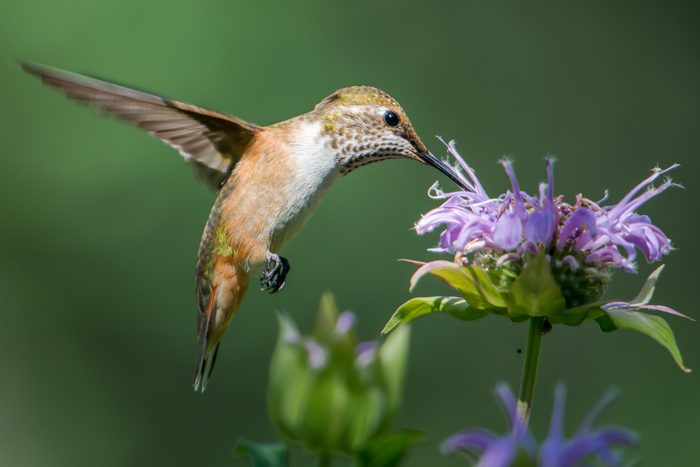
Bee Balm
Bee balm, also known as monarda, forms a colony as it grows. In early spring or fall, dig a portion from the colony, including the roots, and divide or transplant that clump. You don’t have to lift the whole plant, just a portion. Backfill the colony with soil as needed.
Bee balm does best in full sun with good air circulation. It’s known to get powdery mildew, a fungus disease, that makes the leaves ugly but doesn’t kill the flowers. This is a favorite perennial for hummingbirds, bees and other important pollinators.
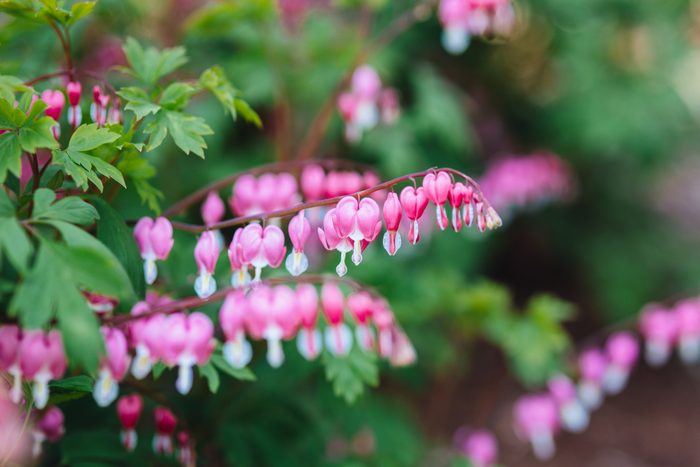
Bleeding Heart
The beautiful, shade-loving, old-fashioned bleeding heart blooms in spring and early summer. There are two times each year when you can divide bleeding heart: In early spring and in summer, when the plant has gone dormant.
In spring, dig and divide the plant when you first see new growth. In summer, dig and divide while you can still see dried stems on the plant.

Cheddar Pinks
Also simply called pinks, this dianthus’ cheddar comes from the Cheddar district of England, and pinks because the edges of the flowers look like they were trimmed with pinking shears.
This perennial is evergreen in Northern climates and tough enough to step on. You can transplant any time — no digging required! Lift the plant away from the soil and use scissors or snips to cut off portions of the plant. To transplant, rough up the soil about an inch deep, place the Cheddar pink divisions on the soil and press them down.
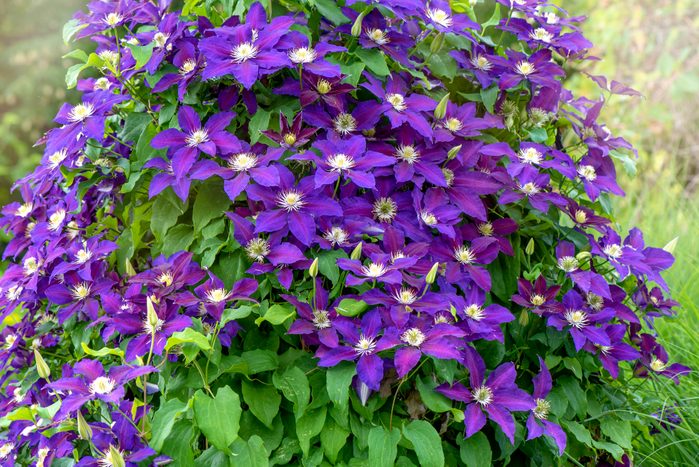
Clematis
This woody-vined perennial can climb trellises, add height to the garden or beautify the side of a structure. Some types spread over the soil like a beautiful ground cover.
Divide clematis in early spring as soon as you see new growth. Dig the rootball from the ground and divide where the growing parts are. Clematis can be planted deep, where the base of the plant is about two or three inches below the soil surface.
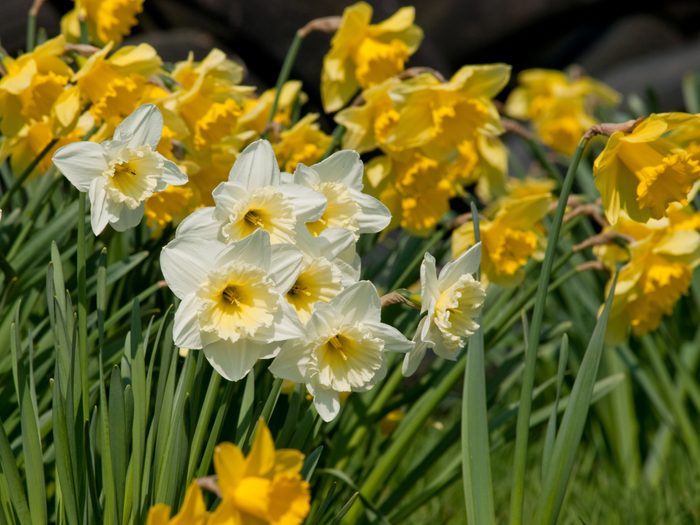
Daffodils
Daffodils are reliable perennial bulbs that deer won’t bother. The best time to divide is in spring or early summer after the leaves have died back.
It’s important for the leaves to remain attached to the bulb until they turn brown, yellow, or fall flat. The leaves feed the bulbs with the nutrients needed to bloom next year.
Be careful when digging so you don’t split the bulbs. Remove the clump of bulbs from the ground and pull apart the number of whole bulbs you want to transplant. Return the root ball to the ground and fill in with soil as needed. Plant about six inches deep.
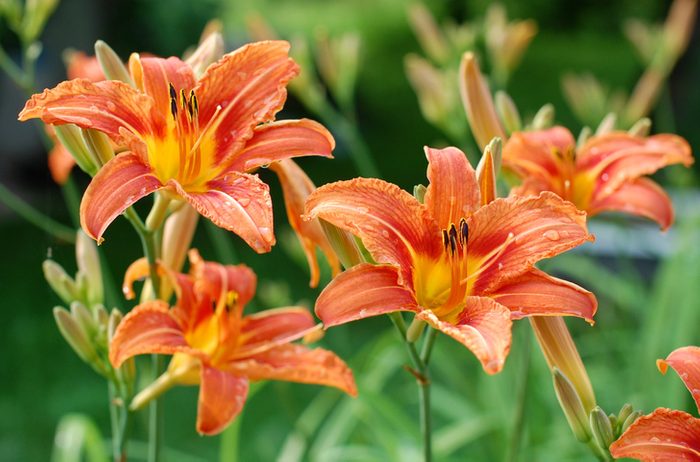
Daylilies
Today’s daylilies are repeat summer bloomers with large flowers, and some are fragrant. Divide these perennials easily in spring as new growth appears or in late summer to early fall.
Divide daylilies by cutting their rhizomes (underground stems) into the number of pieces you want. Make sure there are growth points or small leaves along the rhizome in each piece. The method is the same for spring and fall. Plant the rhizome so that the small leaves show at soil level. You should see slight new growth quickly, even in fall.
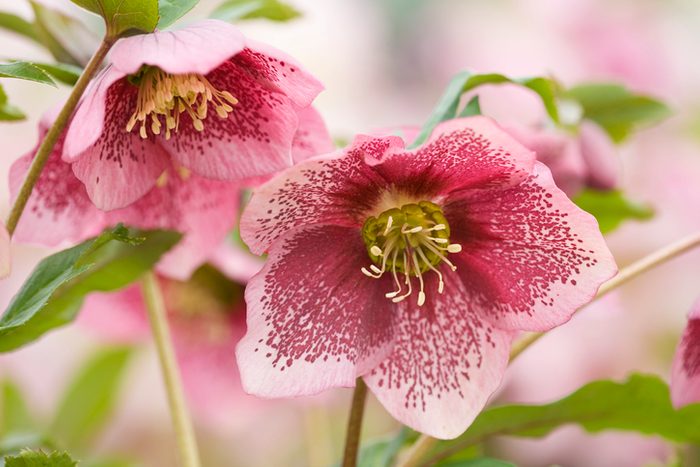
Hellebore
Known also as Christmas or Lenten rose, hellebores are evergreen perennials that bloom in winter and early spring, depending on the variety. Divide hellebores in early summer. This lets them get established and reduces the chance of disrupting the flowering process for the upcoming winter and spring.
Dig or lift the hellebore and divide into just two or three pieces. The crown of the plant is not usually very large. Another option is to dig and transplant the volunteer hellebores that appear under the large leaves of the mature plant.
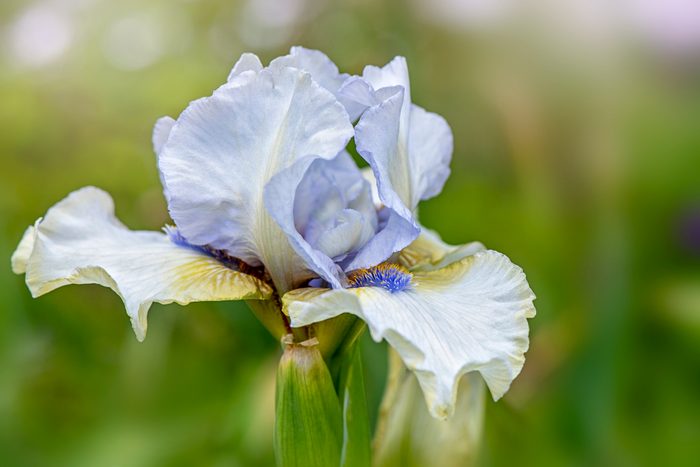
Iris
The German iris, AKA bearded iris, is one of the most common. Iris tends to become too crowded and stop blooming. That’s a sign the plants need to be divided. A good time to divide German iris is in late summer or fall, at the same time you cut back the iris foliage as part of garden cleanup.
Iris rhizomes are visible at the soil surface. When cutting back leaves, inspect the rhizomes for any soft spots, which usually are a sign of borers. If you notice soft spots, dig them up and remove the infested parts. Transplant the good pieces. Make sure there are a couple of growth points and roots on each piece of rhizome. Plant the rhizome so that about half of its height is above the soil surface and the roots and bottom half are underground.
Note: Irises grow in one direction. If you look at the rhizome, notice where the growth points are. That’s the direction the iris will grow.
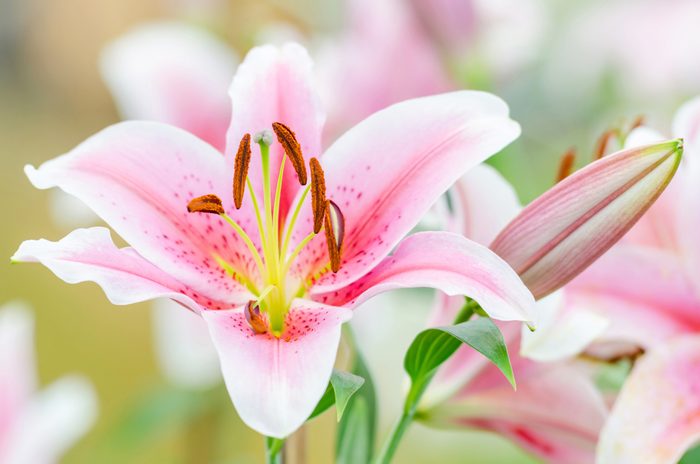
Lilies
Lilies and daylilies are not in the same plant family! Lilies are true bulbs and daylilies grow from rhizomes. There are many types of lilies and the best time to divide them is in spring, when you see new growth appear.
If the lilies have been there awhile, they may be tough to dig, and it’s common to slice a few bulbs in the process. If you have a clear view of the clump of bulbs, break away the number of lily bulbs you want. There should be the bulb, roots and top growth visible.
Return the clump to the ground, backfill with soil as needed. Transplant the lily bulbs about six to eight inches deep in a sunny to partly sunny area with good drainage.
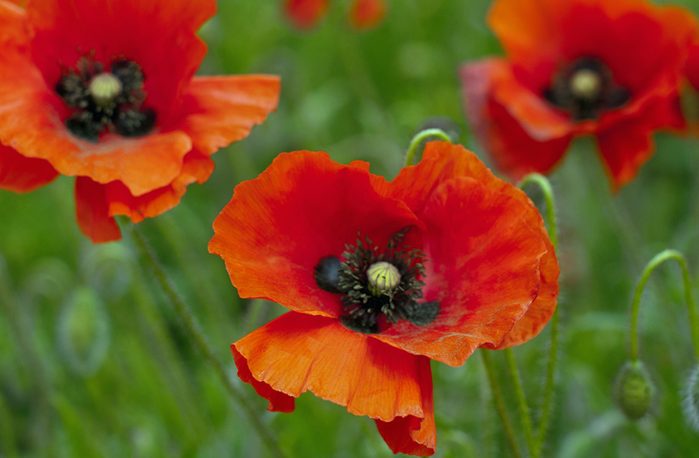
Poppies
The traditional orange Oriental poppy is a sure sign of late spring. This is another transplantable perennial.
Although you can buy Oriental poppies at garden centers in spring, the best time to transplant existing ones is fall. The plant sends up leaves in late summer and early fall, a sure sign it’s time. The plants are easy to dig and transplant wherever you want.

Solomon’s Seal
This spring-blooming, shade-tolerant perennial gets its name from markings on its rhizomes, thought to resemble the seal of Solomon, a king of Israel. Another colony maker, just cut out a section to get transplants. Early spring, just as new growth appears, is the best time to divide Solomon’s seal. It can be divided in fall but that sacrifices its lovely gold foliage.
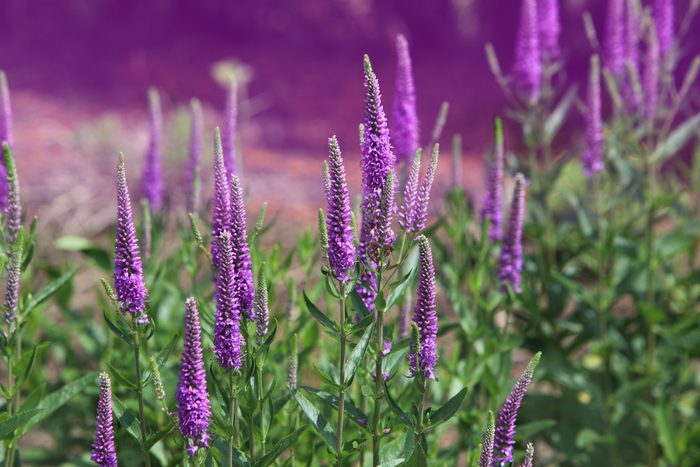
Veronica
Divide sun-loving veronica in early spring or late summer. Dig and lift the root ball and divide it into pieces with roots and top growth. When transplanting, make sure to give the new plants plenty of room to grow.
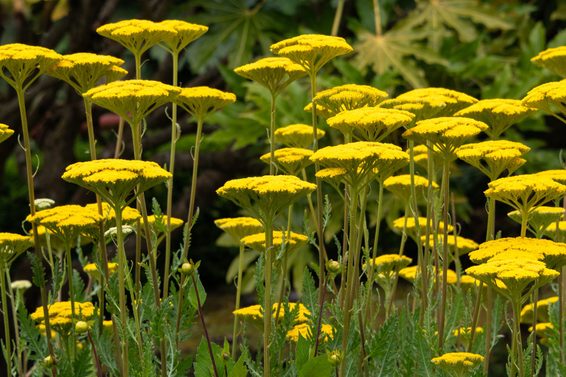
Yarrow
Summer-blooming yarrow can be divided any time, except the hottest days of summer. Yarrow is a tough perennial that reblooms when cut back or deadheaded.
Dig and lift the root ball and divide into pieces. Transplant the divisions as soon as possible in a sunny spot. Replace the root ball and backfill with soil as needed. Make sure to water the root ball and transplants.




















